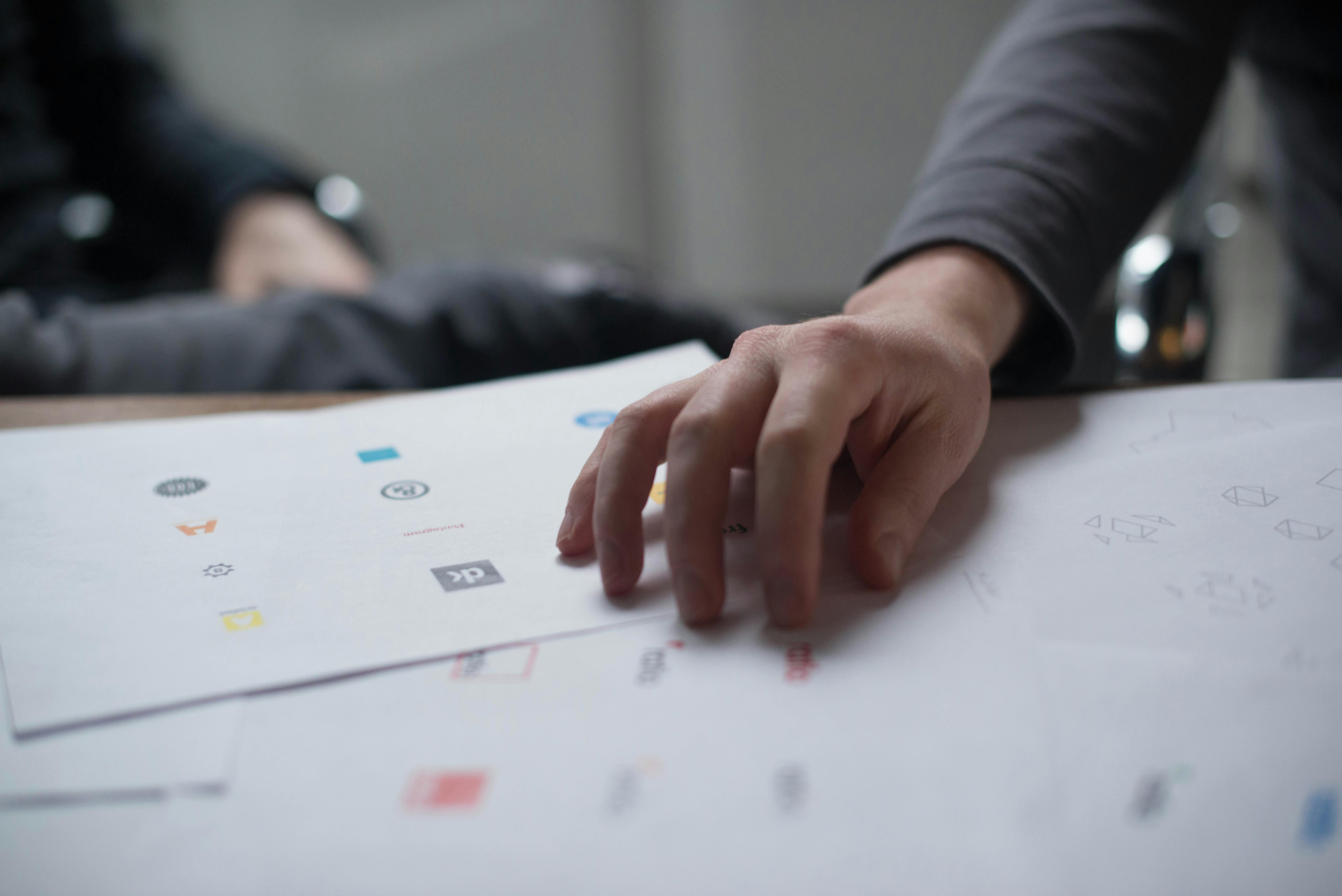Currently, short dramas are sweeping the world at an unprecedented speed. To seize the overseas market, major short dramas platforms are racing to launch multi-language dubbing and subtitled versions, creating a powerful wave of short dramas "going global". However, beneath this prosperity, an undercurrent is eroding the profit foundations of these platforms—piracy.
Often within a day of an official update, pirated versions in high definition with multiple language options appear on pirated websites. How is this achieved? How can platforms utilize technical measures, take up legal weapons, and build a comprehensive content protection strategy to safeguard their rights?
The Undercurrent: The "Precise Theft" Strategies of Pirated Websites
Piracy is not merely simple screen recording; it has evolved into an efficient, precise industrial chain that exploits technical vulnerabilities in platforms to achieve its goals.
Automated Crawlers:
Novice pirates use website crawler technology to directly scrape poorly protected video streams and separate subtitle files from platform servers. These text-based subtitle files are particularly vulnerable to being scraped in bulk, translated, and redistributed, becoming a prime target for pirates.
High-Fidelity Tools:
To counter anti-crawler measures, more sophisticated pirate teams employ browser automation tools like Selenium or Puppeteer, which simulate real user operations—logging in, playing video, parsing network requests—to intercept or even crack encrypted content during data transmission.
The Achilles' Heel of Content Delivery:
To enable seamless language switching for users, many platforms use technical solutions where audio tracks and subtitles are delivered separately. While enhancing user experience, this inadvertently creates vulnerabilities that can be exploited individually. Furthermore, if the Content Delivery Network (CDN) security configuration is inadequate, it can become an open door for pirates.
Fortifying the Foundation: Protecting Content with Technology
Knowing your enemy is key to victory. After understanding pirate methods, platforms must build a first line of defense with technology.
Digital Watermark:
Digital watermark is currently one of the most effective traceability technologies. It includes visible watermarks (like logos) and invisible watermarks. Invisible watermarks can subtly embed unique identifiers, such as user IDs or device information, into each frame of the video or audio. Once content is pirated, extracting this watermark allows precise identification of the source account or leak point, creating a strong deterrent and providing solid evidence for legal action.
Digital Rights Management (DRM):
DRM systems encrypt content throughout its journey from the server to the user's player. Even if content is downloaded, it cannot be played on unauthorized devices. Mainstream DRM solutions like Widevine, FairPlay, and PlayReady offer deep compatibility with various devices and browsers, significantly raising the technical barrier for piracy.
It's important to note that DRM primarily prevents illegal downloading and copying but cannot stop terminal screen recording. Therefore, it should be combined with digital watermark for a complementary defense.
The Cross-Border Game: The Legal Labyrinth of International Rights Protection
Technical protection is not foolproof. When piracy occurs, the path to cross-border rights enforcement is fraught with challenges.
Jurisdiction and Legal Conflicts:
According to the "plaintiff follows defendant" principle in civil litigation, platforms often must file lawsuits in the jurisdiction where the pirated website operator is located. This means that platforms navigate unfamiliar legal procedures, face high counsel fees, language barriers, and challenges due to differences in local copyright laws.
The "Invisible" Infringing Party:
Pirated websites commonly use Whois privacy protection services to hide registration details and host servers in countries with lax copyright enforcement, which makes it difficult to identify the actual infringer and render enforcement efforts ineffective.
"Whack-a-Mole" and Enforcement Challenges:
Even if one pirate domain name is successfully taken down, operators can quickly resurrect the site under a new domain name. Furthermore, even with a successful judgment in one country, it is a protracted and complex legal battle that to have a judgment recognized and enforced in another country where the infringer holds assets.
Winning with Systems: Building a Full-Chain Content Protection Strategy
In the face of intricate challenges, platforms need a systematic strategy integrated throughout the content lifecycle, not just piecemeal reactions.
1. Preventive Measures: Building a "Firewall" at the Authorization Stage
Rights Chain Management:
From the outset of project, ensure the chain of rights is clear and complete from original work and script to music, translation, and dubbing, explicitly covering global multi-language adaptation and online distribution rights to avoid rights defects at the source.
Contractual Safeguards:
Sign strict Non-Disclosure Agreements (NDAs) and cybersecurity liability clauses with all partners, including translation teams, voice actors, and distribution partners, clearly defining consequences for breaches.
2. Real-Time Monitoring: Establishing a 24/7 "Radar System"
Professional Monitoring Services:
Invest in building in-house capabilities or hire specialized third-party services that use crawlers and audio/video fingerprinting technology to monitor major global pirated websites, social media platforms, and file-sharing networks 24/7.
Rapid Response Mechanism:
Establish a cross-departmental task force (legal, technical, operations) and develop Standard Operating Procedures (SOPs) to ensure a swift response upon detecting infringement.
3. Post-Infringement Action: Executing a Precise "Combination Punch"
Platform Complaint:
Fully utilize infringement complaint channels provided by social media platforms, app stores, etc. This approach is cost-effective, fast, and the primary method for removing distribution nodes.
Cutting Infrastructure:
Send infringement notices to the domain name registrar and hosting provider of the pirated website, demanding service termination. This is an effective way to undermine the pirated website's operational foundation.
Legal Action:
For large-scale, highly damaging persistent pirate operations, where evidence is concrete and targets are identifiable, decisive legal action should be initiated in jurisdictions with robust legal systems. Pursuing substantial damages can serve to deter broader illicit activity.
The global competition for short dramas is not only a contest of creative content but also a test of content asset management capabilities. While piracy cannot be entirely eradicated, it can be effectively managed and countered through an integrated strategy combining technical protection, legal means, and operational management.
Integrating content protection awareness from the very beginning of the "authorization" phase, maintaining it throughout the entire "distribution" process, and solidifying it at the "rights enforcement" terminal.
This is no longer a reactive cost center but the strategic core for safeguarding overseas investment returns and securing long-term competitive advantage. Only then can the ship of short dramas "going global" navigate securely through the undercurrents of piracy.











